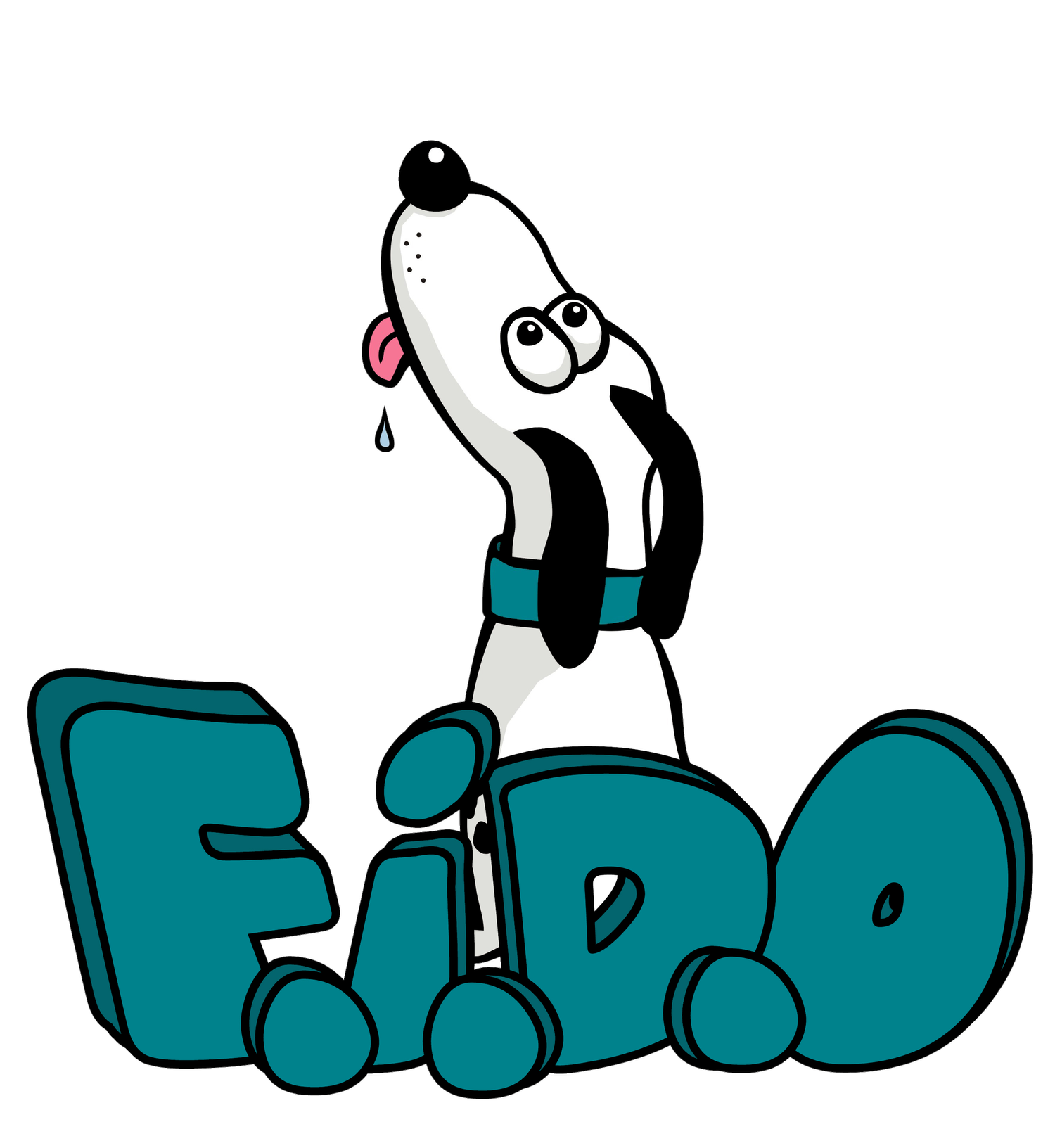Loose lead walking
If I were to ask what the most commonly used dog training aids are, most people would put a dog lead high on their list. A lead is almost synonymous with the idea of having a dog. A dog on a lead typifies our perception of our relationship with these wonderful creatures. So, how can we make sure of making the best use of a lead?
A lead can keep your dog close to you, it can prevent your dog from running away, it can stop your dog jumping up on people or fighting with another dog. But, can it really train your dog to walk calmly beside you? What is actually happening is that you are stopping the behaviour by force, not teaching your dog an alternative. By managing the situation using physical pressure and restraint you are missing the opportunity to communicate with your dog using your voice and the quality of your relationship.
If you use a lead to restrain your dog, it is likely that you will always need a lead to control. Think about this. Your dog pulls on the lead and you pull back. Inevitably, your dog will resist that pressure and you end up with both of you pulling. The laws of physics dictate that equal and opposite forces will apply so you may well end up with a battle of strength. For those of us with powerful, strong dogs, the outcome will not be good!
If your dog expects to be controlled by the lead, then once it is removed it can be no surprise if they dash off.
Let’s look at the concept of a lead from another angle.
I prefer to think of a lead as a means of communication and ultimate safety rather than a method of control; a management tool rather than a constant necessity. From the time they are very young, I put a lead on my dogs often but don't pull on it, leaving it to trail and occasionally holding the end to stop them getting into difficulties (or the bin!). They get so used to trailing the lead around that they forget that it's there. When I pick up the lead I first talk to the pup and ask them to be near me. Any pressure on that lead comes from my pup and not from me.
Once we begin to walk along together, I continue to talk to the dog and frequently reinforce and praise them when they are in the correct position. The occasional treat reward works really well too, as long as it’s delivered in the right place and when the lead is loose. If the pup pulls, I stand still, hold the tension and get their attention. Then I praise again, call the pup and move off, always in a different direction so the puppy has to come towards me to start moving, again praising and rewarding when the pup joins me in the right position. In that way they learn that tension on the lead means that we stop and that they should look at me for guidance because we are about to change direction, and being near me is likely to be worthwhile.
It’s important not to worry about where we are going, because, if we go in a straight line the puppy will soon work that out and start to pull forwards. What matters is reinforcement and praise when they are next to me and the lead is slack. It becomes a conversation, a bonding exercise and so much more pleasant than constant correction and an aching shoulder. I use the heel cue only when the puppy is in the heel position so they understand what it means and don’t relate it to being anywhere but next to me.
What we are doing is helping the puppy to learn where we want them to be, using reinforcement, praise and direction changes rather than physical force.
It doesn’t happen overnight and consistency and patience are essential, but over time you will find that your puppy will learn to walk happily beside you, even without the lead, until you give permission for them to go and explore.


